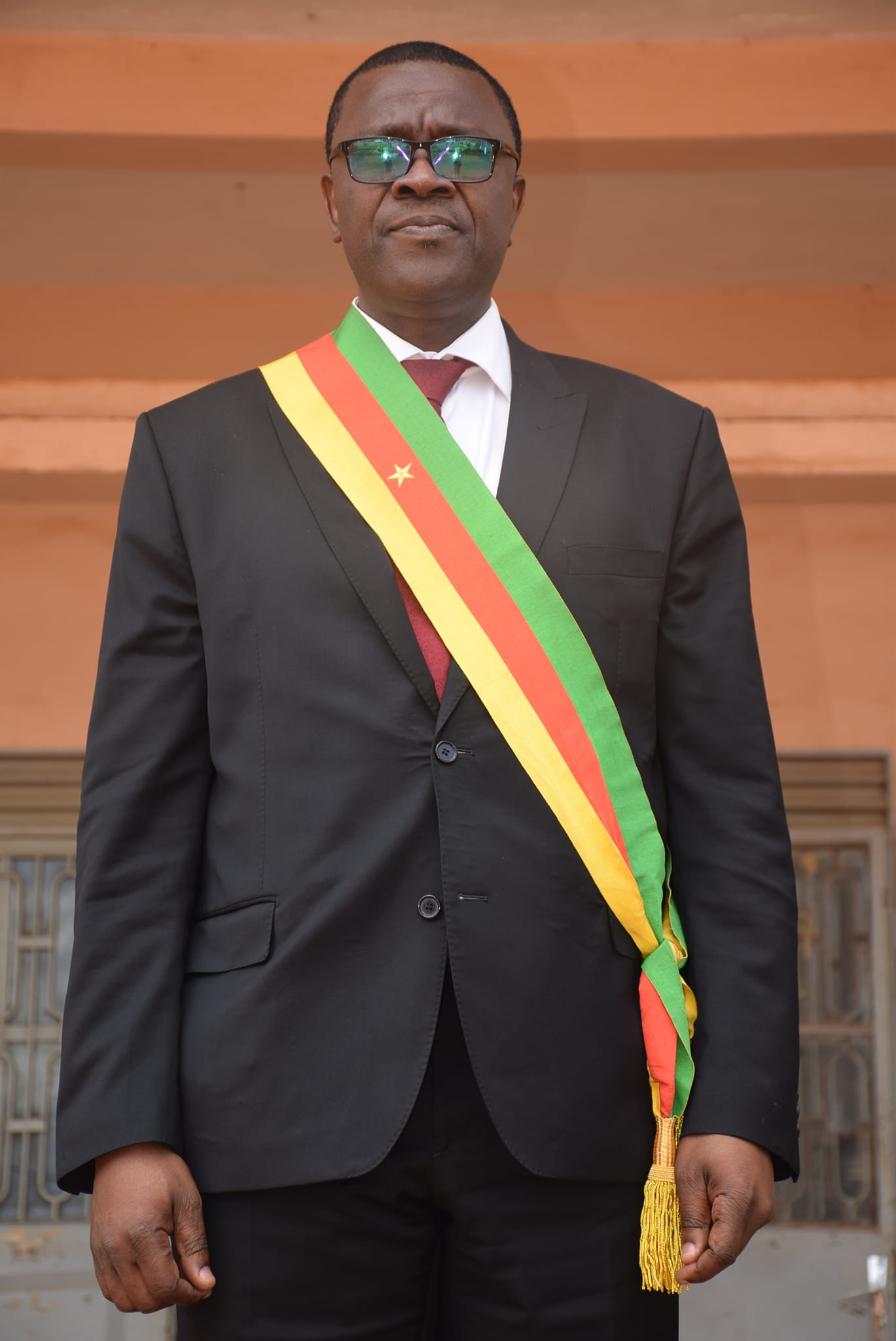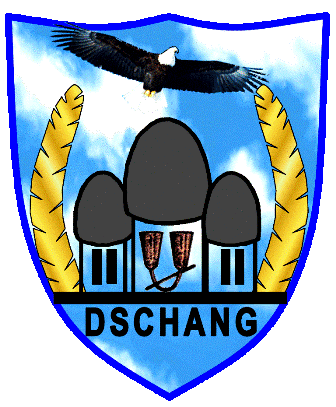We said to ourselves: what is the problem? Why can Cameroon, which is the second largest hydrological disaster after the DRC, lack drinking water when there is water everywhere? We quickly understood that there was a problem of studies, with the University of Dschang which is a partner of the Dschang Council, we quickly mapped the city, we made geophysical and hydrogeological studies to determine the areas where we could have water in large quantities and especially the areas where we had to look for water for the populations. These studies enabled us to quickly drill five (05) deep water wells with flow rates ranging from 4,000 to 18,000 per hour. So, we thought it was necessary to build mini water conveyances (AEP) to widen the field so as to permit us to supply the populations for which we are responsible and that is why in the main areas such as the administrative district, the A, B and Tsinfem markets, the Hospital and the Dschang Council, we have constructed water points permitting us to offer the populations drinking water which is our concern and that of the whole region. It is under these framework that we launched the process of these water points and had the capacity to solicit financing, because it is good to say that you cannot be financed if you do not have a study that shows that what you want to achieve makes sense or is bankable and that you can have a return on investment. We have worked hard to clean up our accounts and to be able to have a compass, to have a static and fiscal declaration that reassures investors on a national and international level, and this is how we have financing to date to build water towers and points, and we think that in the days to come, we will further increase the supply of this highly important commodity for our populations. As for the added value of this forum, in reality the mayor is at the centre of the issue of water supply; the sectoral workers who accompany us on a daily basis to be able to develop projects relating to the issue of water resources therefore have the elements that the mayors must provide them with, that is to say, to work to have studies that will enable the sectoral workers to set up projects, to have estimates and to know the costs of these projects. So the mayors here today are aware that once the project has been well matured and the financing obtained, the mayor should know that he, who is at the heart of the contracting process as the project owner, should not choose traders for such a technical activity, and that the operator should demonstrate firstly technical and then financial capacities. If it is distorted at the level of the award, the whole process will be distorted. Our expectations are that we should be given other avenues, we have studies and how to get financed; once financed, how to ensure that the work is carried out. We must certainly be told that we must approach such and such a partner to be sure that he will accompany us in validating our work; we want to be told how to maintain a hydraulic structure. Because one thing is to build the structure and another is to maintain it. What is the secret and how can we ensure that in a kind of chain/sharing, the mayor of Dschang can accompany the mayor of Bangangte and that the mayor of Bangangte accompanies the mayor of Bafoussam 1st and so on? That is to say that from this networking, we should develop it so that those who have good practices highlight them to us and so that when we leave here we are no longer like lost people. We need to know, for example, that the region has a person in charge who can help us carry out studies, who can guide us in maintenance and towards financing; this is what we are waiting for today. The sharing of experiences, the methodological approach to building a water point, to maintain it and to supply our populations, that is our objective.
𝙅𝘼𝘾𝙌𝙐𝙄𝙎 𝙆𝙀𝙈𝙇𝙀𝙐: 𝙈𝘼𝙔𝙊𝙍 𝙊𝙁 𝘿𝙎𝘾𝙃𝘼𝙉𝙂: « 𝙀𝙓𝙋𝙀𝙍𝙄𝙀𝙉𝘾𝙀 𝙎𝙃𝘼𝙍𝙄𝙉𝙂, 𝙈𝙀𝙏𝙃𝙊𝘿𝙊𝙇𝙊𝙂𝙄𝘾𝘼𝙇 𝘼𝙋𝙋𝙍𝙊𝘼𝘾𝙃 𝙏𝙊 𝘽𝙐𝙄𝙇𝘿 𝘼 𝙒𝘼𝙏𝙀𝙍 𝙋𝙊𝙄𝙉𝙏, 𝙏𝙊 𝙈𝘼𝙄𝙉𝙏𝘼𝙄𝙉 𝙄𝙏 𝘼𝙉𝘿 𝙏𝙊 𝙎𝙐𝙋𝙋𝙇𝙔 𝙊𝙐𝙍 𝙋𝙊𝙋𝙐𝙇𝘼𝙏𝙄𝙊𝙉𝙎, 𝙏𝙃𝘼𝙏 𝙄𝙎 𝙊𝙐𝙍 𝙊𝘽𝙅𝙀𝘾𝙏𝙄𝙑𝙀 ». 𝘼𝙏 𝙏𝙃𝙀 𝙀𝙉𝘿 𝙊𝙁 𝙏𝙃𝙀 𝙁𝙄𝙍𝙎𝙏 𝙍𝙀𝙂𝙄𝙊𝙉𝘼𝙇 𝙁𝙊𝙍𝙐𝙈 𝙊𝙁 𝙒𝘼𝙏𝙀𝙍 𝘼𝘾𝙏𝙊𝙍𝙎 𝙄𝙉 𝙏𝙃𝙀 𝙒𝙀𝙎𝙏, 𝙃𝙀𝙇𝘿 𝙄𝙉 𝙏𝙃𝙀 𝙏𝙊𝙒𝙉 𝙊𝙁 𝘿𝙎𝘾𝙃𝘼𝙉𝙂 𝙁𝙍𝙊𝙈 21 𝙏𝙊 22 𝙎𝙀𝙋𝙏𝙀𝙈𝘽𝙀𝙍 2022.






